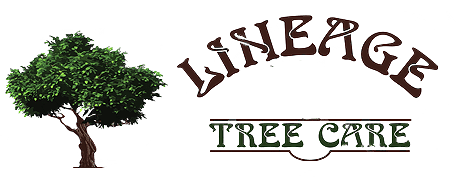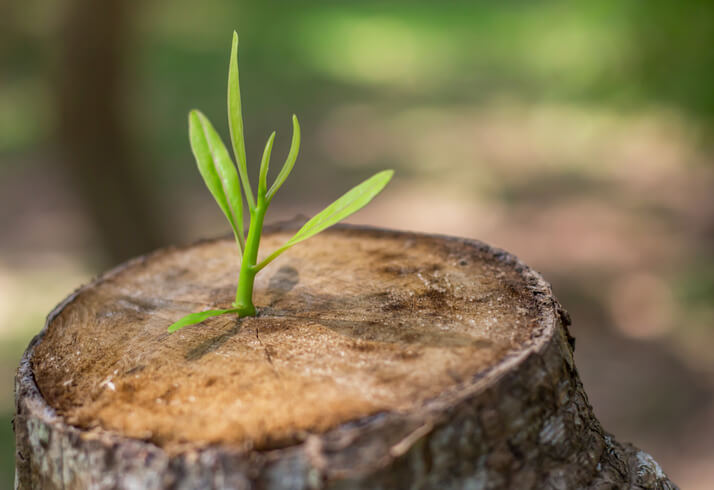The average tree has the potential to live a long, healthy life. But, just like any living thing, trees can succumb to disease and die. But can a dead tree be revived? Sometimes it’s possible to revive a dying tree, but bringing a dead tree back to life may not always be possible.
How to Tell If a Tree Is Dead
Sometimes a dying tree is obvious, with barren branches and leaves turning brown. But it’s not always apparent when a tree is in poor health, which can make it difficult to address, especially when you have a tree located near a home or building. Broken limbs or dried-up wood from a dying tree can cause injuries and property damages. Watch out for the following typical signs you have a dying tree:
-
- The bark is falling off
- The tree has a sudden lean
- Open wounds
- Root damage
- Few/no healthy leaves left
- Brown and brittle branches
- Fungus or critters
- An abundance of dead or decaying wood
How to Revive a Dead Tree
So, can a dead tree be revived? You can usually revive a half-dead tree, but a tree that’s 100% dead should be removed. If you’ve been wondering, “can you bring a dead tree back to life?” an arborist’s professional opinion will always come in handy. Here are some common diseases you may encounter and how to potentially treat or control them:
Dutch Elm’s Disease: This is an aggressive vascular disease transmitted by dark elm beetles or fungi. Proactive treatment typically involves a trunk injection of Fungicide in addition to pruning the infected limbs.
Fire blight: Fire blight causes wilting and mainly affects fruit trees. Experts recommend pruning affected areas as soon as you notice the symptoms and applying bactericides and insecticides.
American chestnut blight: Obvious symptoms of this disease include dead leaves and the yellowing and dying of individual branches. Professionals are working on methods to control the disease using the soil compress method, hypovirulence (a condition in which the blight itself gets sick), and chemical fungicides.
Powdery mildew: This fungal disease presents as white or grey powder on the leaves and stems of infected plants. Using organic fungicides that contain sulfur can both prevent and treat existing infections.
Sudden Oak Death: This disease is caused by a plant pathogen that results in calluses that may seep out red/black ooze or present as spots on the leaves. Currently, the most successful treatment for the disease is Agri-Fos (fungicide phosphonate).
What to Do If Nothing Works
The death of a tree doesn’t necessarily mean you can’t use it for other purposes. Here are some useful ways to repurpose dead trees:
-
- Wildlife nesting site
- Lumber
- Tree path/walkway
- Furniture
- Firewood, mulch, and woodchips
- Landscape design
Professional Tree Removal Providers Near You
With the tips mentioned above, you now have an answer to the question, “Can a dead tree be revived?” But if you can’t save a dead tree, you need to have it removed for safety reasons. At Lineage Tree Care, we offer a host of tree removal services.
Regardless of how simple or complicated a job may be, we come prepared with proper training and up-to-date equipment to complete the job properly and, most importantly, safely.
Are you looking for tree removal experts with a proven track record? Contact us today via our convenient online form or call our experts at (425) 800-8015 to schedule an appointment for a visual assessment.

